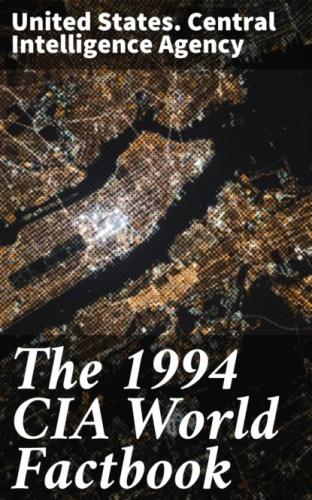@Brazil, Communications
Railroads:
30,133 km total; 24,690 km 1.000-meter gauge, 5,120 km 1.600-meter
gauge, 310 km mixed 1.600–1.000-meter gauge, 13 km 0.760-meter gauge;
2,150 km electrified
Highways:
total:
1,670,148 km
paved:
161,503 km
unpaved:
gravel/earth 1,508,645 km (1990)
Inland waterways:
50,000 km navigable
Pipelines:
crude oil 2,000 km; petroleum products 3,804 km; natural gas 1,095 km
Ports:
Belem, Fortaleza, Ilheus, Manaus, Paranagua, Porto Alegre, Recife, Rio
de Janeiro, Rio Grande, Salvador, Santos
Merchant marine:
220 ships (1,000 GRT or over) totaling 5,139,176 GRT/8,695,682 DWT,
bulk 53, cargo 40, chemical tanker 14, combination ore/oil 12,
container 11, liquified gas 11, oil tanker 62, passenger-cargo 5,
refrigerated cargo 1, roll-on/roll-off cargo 11
note:
in addition, 1 naval tanker is sometimes used commercially
Airports:
total:
3,581
usable:
3,024
with permanent-surface runways:
436
with runways over 3,659 m:
2
with runways 2,440–3,659 m:
22
with runways 1,220–2,439 m:
598
Telecommunications:
good system; extensive microwave radio relay facilities; 9.86 million
telephones; broadcast stations - 1,223 AM, no FM, 112 TV, 151
shortwave; 3 coaxial submarine cables, 3 Atlantic Ocean INTELSAT earth
stations and 64 domestic satellite earth stations
@Brazil, Defense Forces
Branches:
Brazilian Army, Navy of Brazil (including Marines), Brazilian Air
Force, Military Police (paramilitary)
Manpower availability:
males age 15–49 43,489,704; fit for military service 29,286,530; reach
military age (18) annually 1,674,930 (1994 est.)
Defense expenditures:
exchange rate conversion - $1.1 billion, 3% of GDP (1990)
@British Indian Ocean Territory
Header Affiliation: (dependent territory of the UK)
@British Indian Ocean Territory, Geography
Location: Southern Asia, in the Indian Ocean, south of India about halfway between Africa and Indonesia Map references: Standard Time Zones of the World Area: total area: 60 sq km land area: 60 sq km comparative area: about 0.3 times the size of Washington, DC note: includes the island of Diego Garcia Land boundaries: 0 km Coastline: 698 km Maritime claims: exclusive fishing zone: 200 nm territorial sea: 3 nm International disputes: the entire Chagos Archipelago is claimed by Mauritius Climate: tropical marine; hot, humid, moderated by trade winds Terrain: flat and low (up to 4 meters in elevation) Natural resources: coconuts, fish Land use: arable land: 0% permanent crops: 0% meadows and pastures: 0% forest and woodland: 0% other: 100% Irrigated land: 0 sq km Environment: current issues: NA natural hazards: NA international agreements: NA Note: archipelago of 2,300 islands; Diego Garcia, largest and southernmost island, occupies strategic location in central Indian Ocean; island is site of joint US-UK military facility
@British Indian Ocean Territory, People
Population:
no indigenous inhabitants
note:
there are UK-US military personnel; civilian inhabitants, known as the
Ilois, evacuated to Mauritius before construction of UK-US military
facilities
@British Indian Ocean Territory, Government
Names:
conventional long form:
British Indian Ocean Territory
conventional short form:
none
Abbreviation:
BIOT
Digraph:
IO
Type:
dependent territory of the UK
Capital:
none
Independence:
none (dependent territory of the UK)
Executive branch:
chief of state:
Queen ELIZABETH II (since 6 February 1952)
head of government:
Commissioner Thomas GEORGE (since September 1991); Administrator Mr.
R. G. WELLS (since NA 1991); note - both reside in the UK
Diplomatic representation in US:
none (dependent territory of the UK)
US diplomatic representation:
none (dependent territory of the UK)
Flag:
white with the flag of the UK in the upper hoist-side quadrant and six
blue wavy horizontal stripes bearing a palm tree and yellow crown
centered
